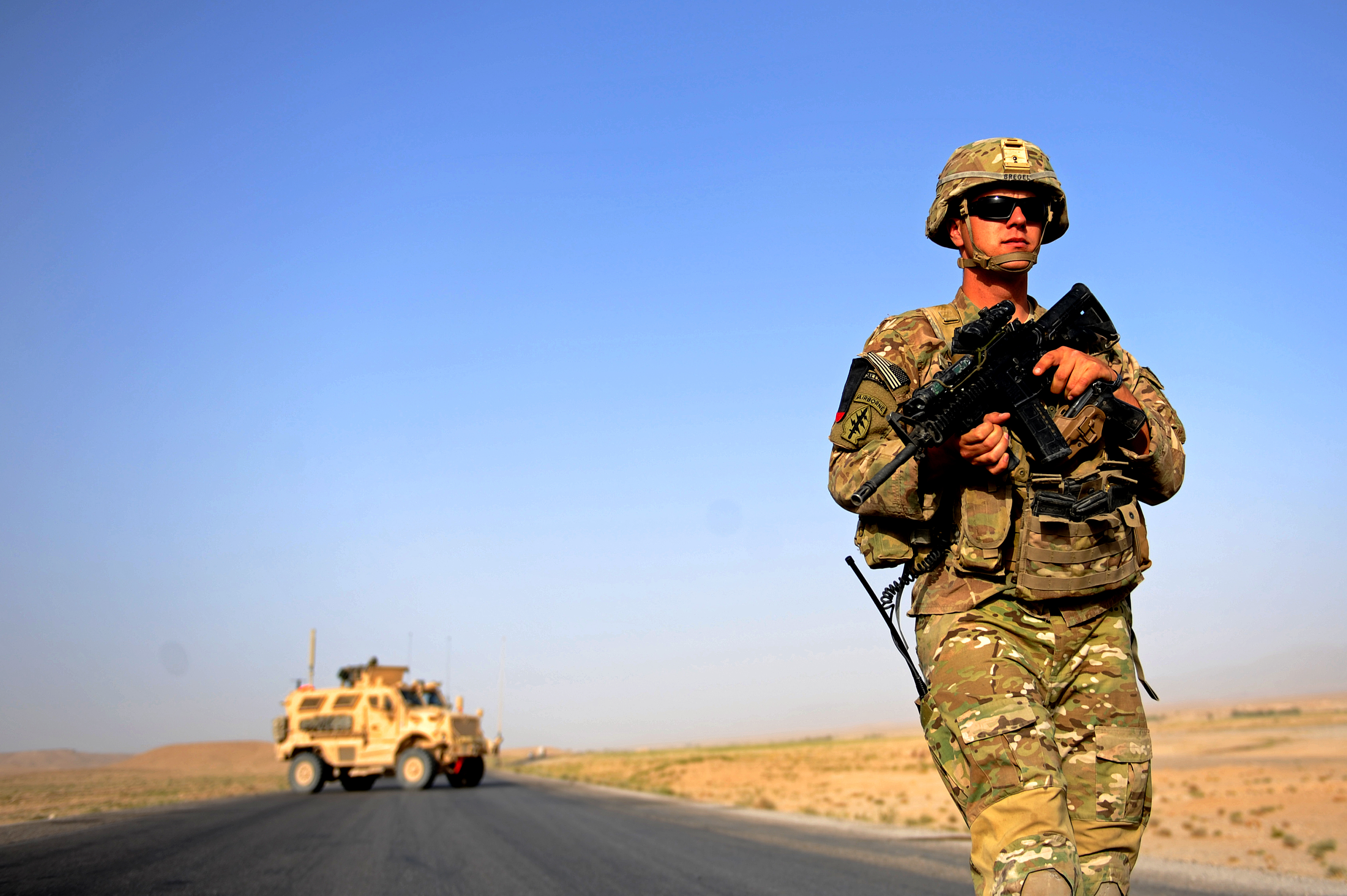From the wreckage of 9/11 to the front lines in Afghanistan, let these military writers tell you their story, for the sake of keeping history alive.
By Marine Corps Cpl. Brian Adam Jones
2nd Marine Aircraft Wing (Forward)
CAMP LEATHERNECK, Afghanistan, Aug. 31, 2011 – Navy Chaplain (Capt.) Rondall Brown’s thick Blue Ridge Mountain drawl makes its presence known here, as he describes his experiences in New York City a decade ago with one word -- horror.
Brown, a 23-year Navy veteran, said his introduction to horror came 10 years ago and 10,000 miles from here in New York City during the 9/11 terrorist attacks. He was then a lieutenant commander serving as a chaplain for a Coast Guard unit in New England.
Brown, who hails from Haysville, N.C., spent several weeks in New York’s ground zero area immediately following the attacks helping devastated families through the catastrophe.
Brown seemed to be able to recall everyone he’d helped through the devastation in Manhattan.
“I remember one lady collapsing and just crying out, ‘Oh my God, my baby! I will never see her again!’” Brown said.
The woman’s husband, he added, had just “stood there, big guy, clenched fists, with tears streaming down his face. He never said a word.”
Brown spoke with long pauses as he recalled the horrific events of that day.
“I apologize,” the chaplain said, running his fingers through his short crop of gray hair. “I’m not normally like this.”
Today, Brown serves here as the command chaplain for the 2nd Marine Aircraft Wing (Forward).
Serving in Afghanistan “brings a peace for me,” said Brown, his face flushed crimson with emotion. “We are doing something to prevent it from occurring again.
“If you had been there, and have the vivid memories I do of the horror these families went through, it’s unimaginable,” he added. “There was nothing to take home. There were no bodies.”
“In one sense it seems much longer than 10 years ago, but in another sense it feels just like yesterday,” Brown said. “I think for the people who had loved ones die, it’s a very vivid memory.”
Brown also recalled the awful smell and heavy dust that pervaded the disaster zone at ground zero.
“They gave me a little mask to wear, but I never wore it,” he said. “You can’t talk to people and wear a mask.”
The chaplain said it was important to him to be in Afghanistan on the 10th anniversary of the attacks. He said it was important to work to eradicate violence in this once terror-stricken region.
“There’s never a measurement you can put on the loss of a life, civilian or military. But should we be here? Yes, I think so,” Brown said. “People here are beginning to take leadership. They’re feeling confident with support from the government, with support from the American and coalition troops.
“When I was in Iraq in al Anbar,” he continued, “the tide turned there when the people said to the insurgency, ‘OK, we have had enough of what you are doing to the innocent civilians.’”








